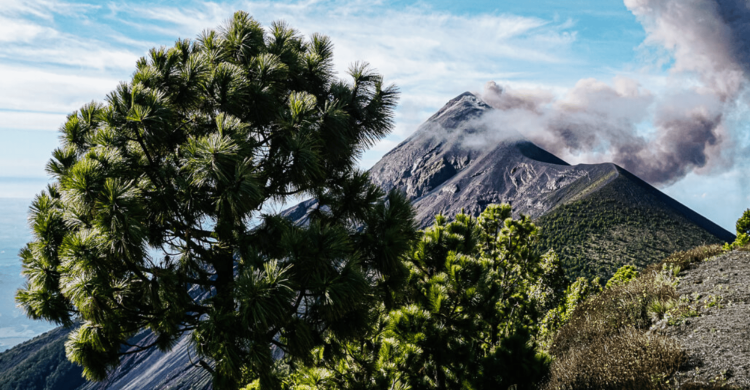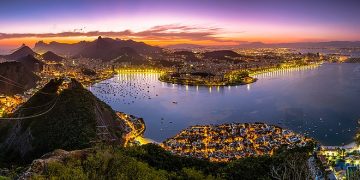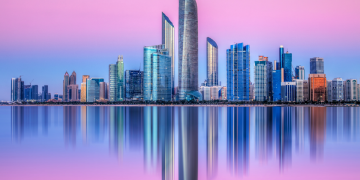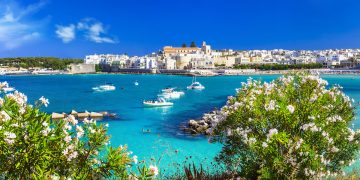From Hidden Adventure to Global Phenomenon
In 2025, Guatemala’s volcano trails are no longer a secret whispered among backpackers—they’ve become a rite of passage for modern adventurers. The Acatenango-Fuego duo, in particular, has transformed from a local challenge into a global draw, thanks in part to viral drone footage, sunrise selfies, and the raw, theatrical power of one of the world’s most active volcanoes. The combination of personal endurance and visual spectacle is irresistible: where else can you hike above the clouds, camp in the shadow of a live eruption, and witness lava lighting up the night sky?
The Power of Fuego
It’s impossible to talk about volcano trekking in Guatemala without centering the narrative on Fuego. Constantly active, this volcano has become the main character in countless travel stories. While its 2018 eruption brought tragedy, the years since have been marked by controlled, frequent activity that turns the night into a light show for hikers across the valley. The eruption patterns are mesmerizing yet predictable, drawing photographers, thrill-seekers, and spiritual wanderers alike. What makes the experience unique is not just the spectacle but the intimacy—watching a volcano erupt from a few kilometers away while wrapped in a sleeping bag, sipping coffee in the cold mountain air. It’s not just a hike—it’s a front-row seat to Earth in motion.
Acatenango: The Climb of Self-Discovery
To see Fuego up close, one must climb Acatenango. Rising over 13,000 feet, it’s a tough but manageable trek that now ranks among the most transformational outdoor challenges globally. The journey takes six to seven hours up through changing ecosystems: farmland, pine forest, cloud forest, and then volcanic ash fields that feel otherworldly. Guides from nearby Antigua or small indigenous villages lead small groups, often incorporating cultural storytelling and environmental education into the ascent.
What makes the Acatenango hike so beloved isn’t just the view—it’s the arc of emotion. Many hikers report breaking through physical limits they didn’t know they had. Battling altitude, fatigue, and wind chill only to emerge above the clouds at golden hour creates the kind of clarity travelers crave. Standing on a summit, looking out over a live volcano that rumbles and glows below, people laugh, cry, propose marriage, or simply sit in silence. The journey becomes a metaphor, a high-altitude pilgrimage where challenge meets awe.
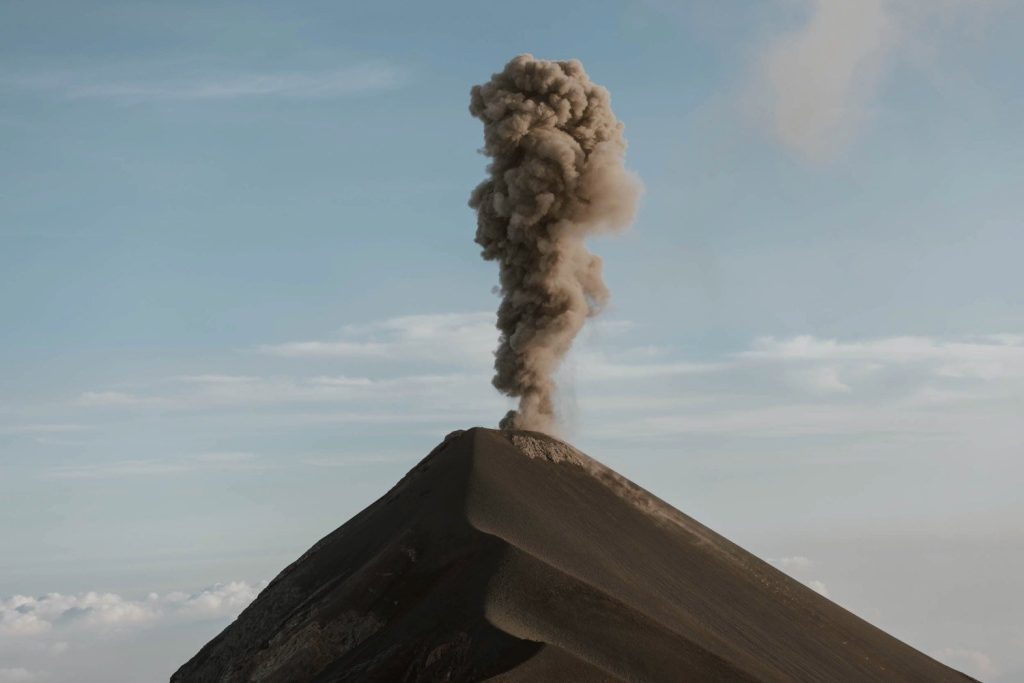
Emotional Travel in the Age of Overstimulation
One reason volcano trekking is resonating with Roamcox-style travelers is that it offers something emotional in a world of hyper-digitized tourism. This isn’t a curated experience. There’s no elevator, no soundtrack, no filter needed. Instead, there’s silence, fire, wind, and the primal sensation of standing on earth that might move. For burned-out urbanites, digital nomads, and those seeking purpose post-pandemic, this kind of “earned view” travel delivers meaning through effort.
Unlike beach resorts or museum visits, volcano treks demand vulnerability. You must face your fears—altitude, darkness, cold, even the sound of distant explosions. And you’re rewarded not just with visuals, but with visceral memory: the crunch of ash under boots, the smell of campfire and sulfur, the camaraderie of strangers bonded by altitude and awe. It’s no surprise that social media captions for Acatenango often include the word “healing.” The mountain becomes not a photo op but a threshold.
The Rise of Responsible Trekking and Local Impact
This boom in volcano trekking is also reshaping the local economy in meaningful ways. Indigenous communities once bypassed by traditional tourism are now leading the way in sustainable trekking. Small cooperatives provide trained guides, porters, and meals, ensuring that more dollars stay within the villages surrounding the volcanoes.
Tour operators have improved dramatically. Companies like Wicho & Charlie’s, Ox Expeditions, and Tropicana Adventures now emphasize safety, environmental stewardship, and cultural respect. Compost toilets have been installed along routes. Porters are paid fairly and often given gear. And campsites are managed to prevent overcrowding and erosion. While the influx of travelers presents new pressures, it’s also generating opportunities—supporting schools, clinics, and conservation efforts in areas once underserved.
Photogenic Power and the Role of Social Media
Let’s not ignore the visual power of Guatemala’s volcanoes. In an era when images drive bucket lists, the sight of Fuego erupting under the stars has become iconic. TikTok and Instagram Reels feature time-lapses of lava bursts, hikers silhouetted at sunrise, and thermal footage of smoldering craters. Unlike beaches or cities, these images carry weight—they feel earned, dangerous, raw.
Influencers are drawn not just to the beauty, but to the story. Volcano trekking in Guatemala offers what other “Instagrammable” destinations lack: a narrative arc. It begins with training and prep, continues with struggle, peaks with the summit and eruption, and ends with reflection. It’s storytelling with altitude. Many creators now blend their footage with monologues on fear, transformation, and humility, turning travel content into mini-documentaries. And followers are responding.
Beyond Acatenango: Other Volcanoes to Know
While Acatenango-Fuego is the most famous, Guatemala offers a full range of volcano experiences. Pacaya, near Guatemala City, is a shorter, more accessible trek that still provides drama—lava fields, steam vents, and views of multiple peaks. Travelers can roast marshmallows over hot rocks and explore lava caves formed just years ago.
Tajumulco, the highest peak in Central America, attracts serious trekkers seeking solitude and sweeping dawn views across the entire country. For those wanting a meditative, less crowded experience, Volcán Santa María in the west offers a challenging trail with panoramic views of Santiaguito’s active dome. Each volcano has a personality—some theatrical, some serene—and all offer new lenses through which to experience Guatemala.
What You Need to Know Before You Go
Volcano trekking in Guatemala is not for the unprepared. Weather can shift rapidly, and temperatures at the summit often drop below freezing, even in the dry season. Altitude sickness is real and affects even seasoned hikers. Most tours provide gear, but it’s essential to bring layers, headlamps, extra snacks, and an open mindset.
Booking with a reputable, safety-focused operator is crucial—not just for your well-being, but for ensuring your money supports responsible tourism. And finally, remember that eruptions are unpredictable. You might not see lava. The weather might turn. Your legs might give out. But that’s part of the draw. It’s not a guarantee—it’s a gamble, and the payoff is in the journey.
A Travel Story Worth the Sweat
Guatemala’s volcano trails are the kind of travel that leaves marks—on your calves, in your journal, and in your sense of self. It’s about standing still while the world rumbles below, watching fire from a place of stillness, and rediscovering how small and alive you are.
For Roamcox readers, the appeal is clear: it’s raw, real, and emotionally resonant. Not a backdrop, but a breakthrough. In a world of predictable itineraries and passive experiences, Guatemala’s volcanoes ask more of you—and give more in return.


